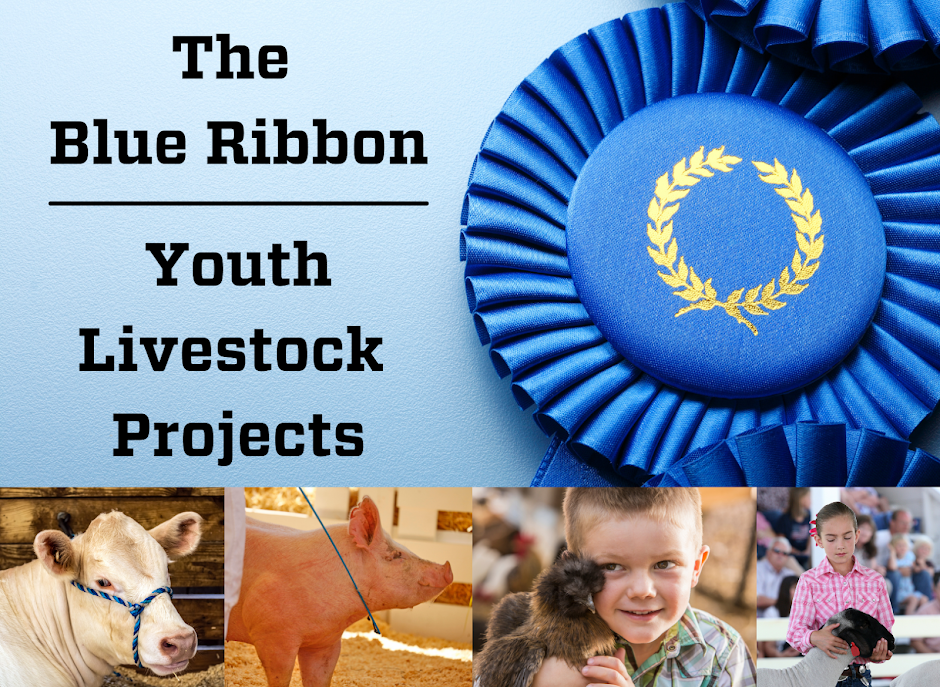Genetics
Every calf has their own DNA built on the genes passed down through generations of breeding. Cattle breeds developed all over the eastern hemisphere and were selected for traits, including hair coat, that made them survive and thrive in different areas. Many Bos taurus breeds developed in the cold damp areas of northern Europe and hair was important for staying warm through the winter. Bos indicus cattle lived in hot and tropical areas like Africa and the Indian subcontinent, where hair is not necessary for staying warm.
If you show a Bos indicus influenced breeds such as Beefmaster, Brangus or Santa Gertrudis, the genetics to produce lots of hair are probably not in their DNA. Angus, Hereford, Maine Anjou, Shorthorn and Simmental do have the genetics and should produce more hair.
Environment
Hair growth can be greatly influenced by the environment cattle live in. By nature, cattle have more hair in the winter months, so creating a winter like environment should help increase the amount of hair.
Most people around cattle shows have heard of cool rooms, where show cattle are kept in cooled air or air conditioning, and out of the sun during the daytime. It is cooler than the outside conditions in late spring, summer and early fall. It does not allow in UV light from the sun, which some people feel also limits hair growth.
Most youth do not have the money to build a cool room, so what can you do to change the environment? Shade is the first thing that can be provided. Cattle absorb sunlight and get hot the same as we do. Keeping cattle in the shade during the day helps to keep them cooler. It is also out of the UV light as well.
Cool, damp, moving air helps keep cattle cool as well. A cheap box fan with a mister from the local garden center or hardware store can bring the air temperature down. According to various mist system manufacturers, temperatures can be dropped from 5 to 15 degrees depending on air temperature and humidity.
Hard Work
Genetics and environment can give you the amount of hair you want, but proper care and management of your show calf is what will make it look great. If you want the fluffy and shiny show calf, you have to do the work and give the proper care.
The most important part of the care starts from the inside. Proper nutrition is a key to growing and maintaining hair. Hair growth is not needed by the calf to help keep it alive. This is why we see sick or under nourished cattle have rough hair coats or even loose hair. Proper nutrition will allow the calf to be healthy, grow in size and grow hair. Nutrition levels must be high in energy and protein to help maintain healthy hair growth.
The real hard work comes with grooming. Grooming includes washing, rinsing, drying, combing, conditioning and clipping the hair. Let's look at these grooming actions and why they are important.
- Wash your calf with a mild soap for livestock.
- Washing removes any dirt which makes the hair heavy and dull.
- Dirty hair will not train well when combed.
- Washing loosens and removes dead hairs, leaving only the healthy hair.
- Washing should be done once and up to three times a week.
- Rinsing calves wets the hair and allows for it to be combed and dried.
- Rinsing without soap keeps the natural oils on the hair to keep it healthy.
- Wet hair can be trained with the comb and blower to stand away from the body.
- Rinsing can be done daily.
- Combing up, lifts the hair away from the body and its natural state of laying down.
- Combing helps loosen and collect dead hair.
- Combing can be relaxing to your calf just like rubbing them with the show stick is.
- Drying hair helps to train the hair to stand up away from the body, giving the "fluffy" look.
- Drying with a blower will help remove the loose dead hair.
- Drying should be done from the rear and legs first, moving up toward the head.
- Conditioning hair with a conditioner for livestock helps replace the natural oils that are removed during washing.
- Conditioned hair does not dry out, becoming brittle or dead hair.
- Conditioned hair looks healthy and "shiny".
- Conditioned hair is easier to train to stand away from the body.
- Clipping the hair helps to show the shape of your show calf.
- Clipping should be done to show the best of the animal.
- Clipping removes the ends of the hair and is the oldest hair growth. Older hair growth is usually dull and not shiny.
There are several great online resources about how to grow, maintain, groom and clip show cattle hair. There are many vendors with great products for sale to help with hair care. I would suggest you visit with someone who has shown and cared for those fluffy and shiny calves. They can help you decide which grooming practices and products may work best.
Here are a few resources on cattle grooming and hair care:
California State University, Chico, Sheep and Goat Unit
University of Nebraska, Lincoln Extension
Good luck with getting your show calf fluffy and shiny.
Scott Stinnett
Extension Associate
Kit Carson County
Golden Plains Area
Colorado State University Extension
